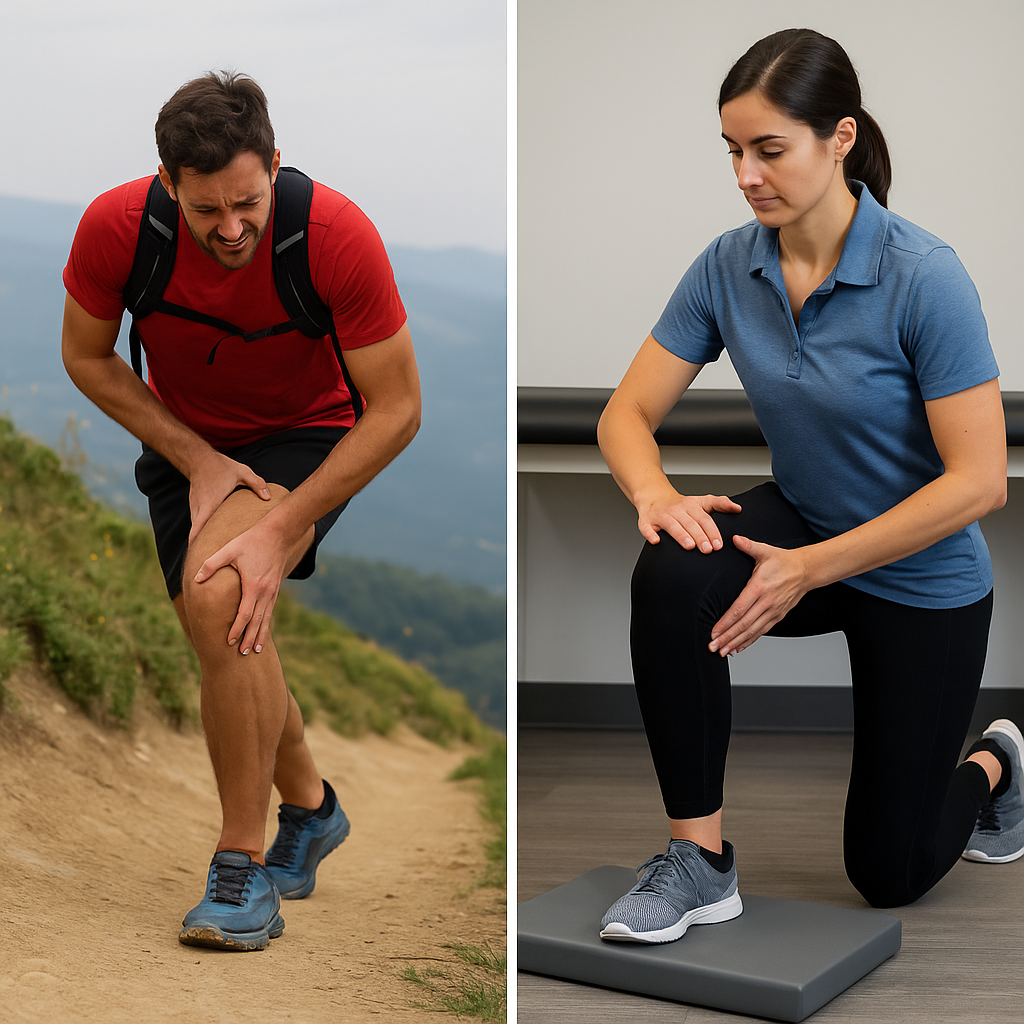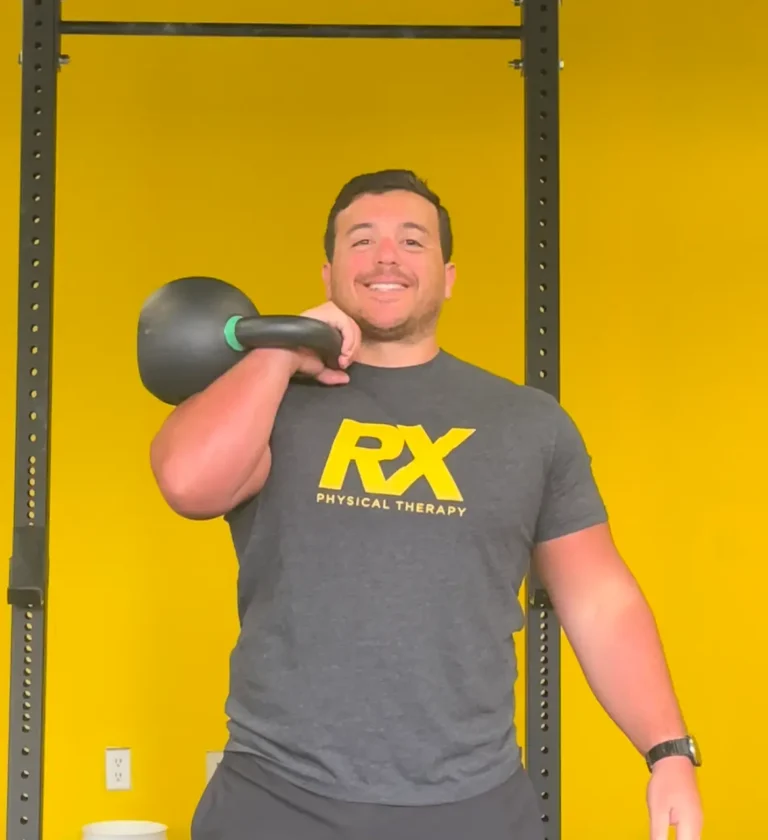Why Do My Knees Hurt Running Downhill?
Running downhill should feel easier—gravity’s helping, right? But if your knees ache or feel sharp pain during downhill running, you’re not alone. This type of knee pain is extremely common among runners and hikers. Fortunately, the causes are well understood and can be addressed with the right strength, mobility, and form changes.
Let’s break down why running downhill hurts your knees and exactly how to fix it.
Top 4 Reasons Your Knees Hurt Running Downhill
1. Eccentric Quad Overload
Your quads act like brakes when descending. They lengthen under tension (eccentric contraction) to slow your movement. This creates significantly more joint stress than level or uphill running.
Think of it like slowly lowering a heavy weight—it’s far more taxing than lifting it quickly.
2. Increased Patellofemoral Joint Compression
Downhill running increases compressive force between the kneecap and thigh bone, especially if you have:
- Poor patellar tracking
- Weak hips or quads
- Limited ankle mobility
All of these increase stress on the patellofemoral joint, a common site of knee pain.
3. Poor Running Mechanics
Faulty form amplifies stress on the knees. Look out for:
- Overstriding (landing with foot far ahead of your body)
- Aggressive heel striking
- Leaning back while descending
These mechanics increase ground reaction forces directly into the knees.
4. Pre-Existing Knee Issues
Conditions like patellofemoral pain syndrome, IT band syndrome, or previous meniscus injuries can flare up under the added downhill load and control demand.
✅ 6 Proven Ways to Fix Downhill Knee Pain
1. Strengthen Your Quads—Eccentrically
Build quads that can control load, not just produce force.
- Step-downs (from 4–8” box, slow and controlled)
- Eccentric split squats (3–5 sec lower)
- Wall sits or tempo goblet squats
💡 Pro tip: Start with bodyweight, then progress to added load as tolerated.
2. Build Hip Stability
Strong hips = stable knees. Weak glutes and poor hip control often lead to faulty mechanics during descents.
- Side-lying clamshells
- Lateral band walks
- Single-leg RDLs
Aim to build hip external rotation strength and single-leg control.
3. Improve Ankle Mobility
Tight ankles push stress up to the knees. Use:
- Knee-to-wall test (target 4–5” forward knee glide)
- Calf foam rolling
- Band-assisted ankle dorsiflexion mobilizations
Better mobility allows more efficient downhill stride mechanics.
4. Refine Your Downhill Running Form
Focus on:
- Slight forward lean from the ankles (not waist)
- Midfoot strike under your center of mass
- Higher cadence (180+ steps/min)
- Shortened stride length
These reduce impact forces and improve knee joint loading patterns.
5. Train Controlled Descents
Practice makes progress—don’t avoid hills completely.
- Walk-to-run progressions on mild inclines
- Hill bounding and downhill drill sets
- Trail-specific movement prep if you run off-road
Controlled exposure builds tissue tolerance and confidence.
6. Recover Smarter
If your knees are inflamed:
- Rest from downhills for 3–7 days
- Use compression, elevation, or ice post-run
- Return to hill training gradually with strength and mobility work
🩺 When to See a Physical Therapist
Persistent knee pain or swelling despite rest and form adjustments? It’s time to consult a PT.
A qualified therapist can:
- Analyze your running gait and footstrike
- Screen for muscle imbalances or joint restrictions
- Build a personalized return-to-run program
Final Thoughts
Downhill knee pain doesn’t mean you have to stop running. It means your body is asking for better control, strength, or mobility. Address the root cause—and you’ll be back to running down hills with confidence, control, and zero pain.


